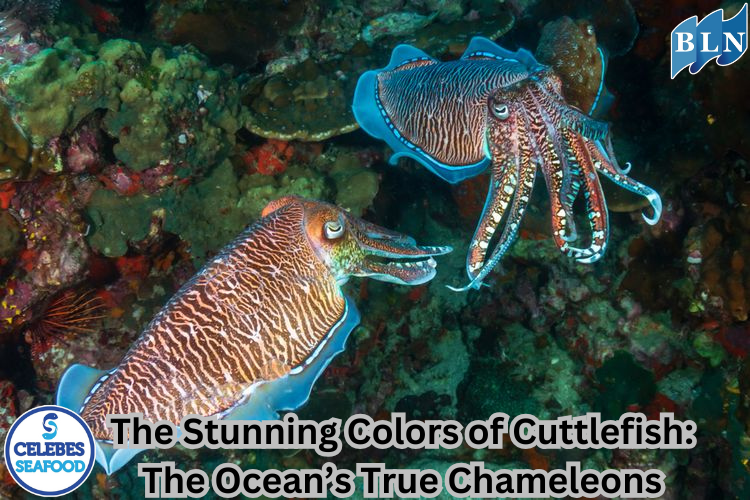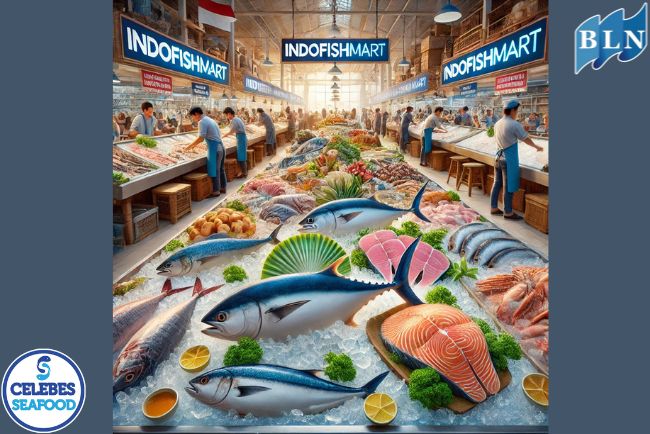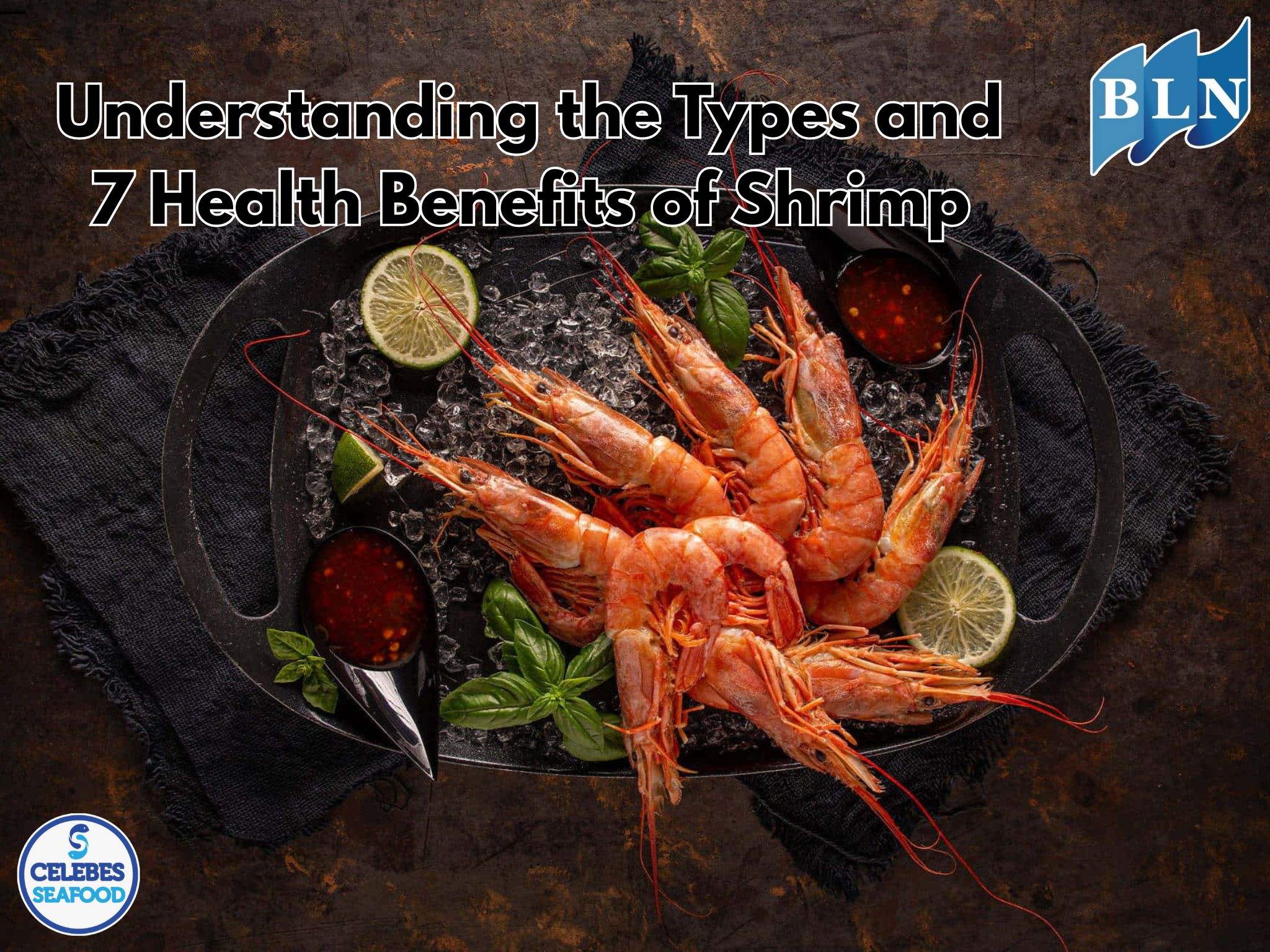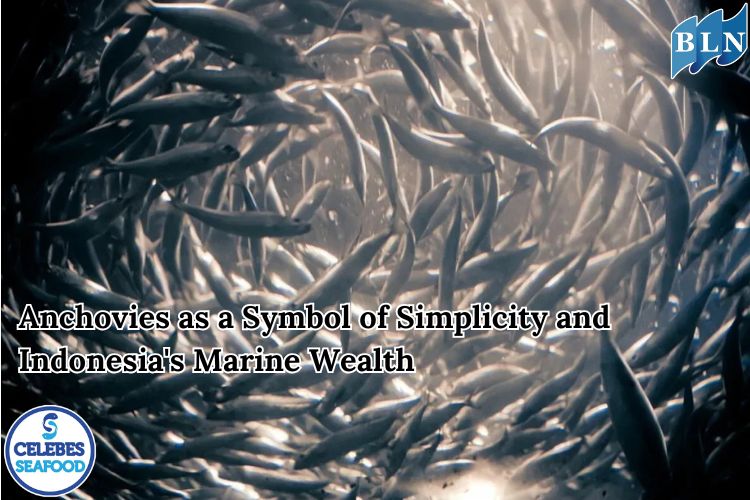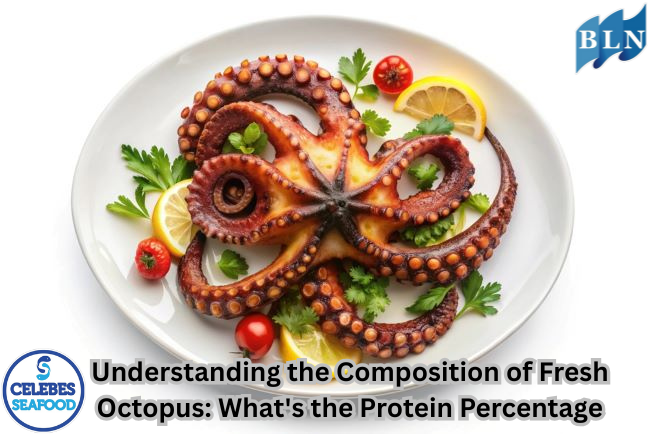Refrigeration System Technology in Cold Storage for Fish Products
By. Azizah - 09 Aug 2025.jpg)
lautnusantara.comFish products are highly perishable commodities due to enzymatic activity and microbial growth after harvesting. To preserve the freshness and quality of fish, cold storage technology with a refrigeration system is a key solution in the fisheries supply chain. This article discusses the working principles of refrigeration systems in cold storage, its main components, as well as the benefits and challenges of its application in the fisheries industry. The study shows that this system effectively extends the shelf life of fresh fish for several weeks without significant quality degradation when temperature is consistently maintained around -18°C. Cold storage implementation has proven to increase the economic value of fish products and significantly reduce post-harvest losses.
1. Introduction
Fisheries play a crucial role in providing animal protein for Indonesian communities. However, fish are extremely perishable if not handled properly after being caught. The deterioration is caused by microbial activity, enzymes, and oxidative reactions that intensify at room temperature.
To overcome this issue, cooling technologies such as cold storage are essential, especially as part of a cold chain system. Cold storage refers to a refrigerated storage facility that works through a refrigeration system to maintain low and stable temperatures, aimed at prolonging fish shelf life.
2. Working Principle of Refrigeration System in Cold Storage
A refrigeration system operates on the principle of heat transfer from the storage room to the external environment through a vapor compression cycle. This cycle includes four key processes:
-
Compression: The refrigerant is compressed by the compressor, increasing its pressure and temperature.
-
Condensation: The hot vapor passes through the condenser to be cooled and condensed into liquid.
-
Expansion: The liquid refrigerant passes through an expansion valve, drastically reducing its pressure.
-
Evaporation: Inside the evaporator, the refrigerant absorbs heat from the storage room and evaporates, thus cooling the space.
Fish products are typically stored at -18°C to -25°C for freezing, and 0°C to 4°C for chilling.
3. Key Components of Cold Storage
|
Component |
Function |
|---|---|
|
Compressor |
Increases refrigerant pressure and temperature |
|
Condenser |
Releases heat to the surrounding environment |
|
Expansion Valve |
Lowers the refrigerant pressure before entering evaporator |
|
Evaporator |
Absorbs heat from the storage space |
|
Refrigerant |
Heat transfer medium (e.g., R-134a, R-404A, ammonia) |
|
Insulation Panels |
Maintain internal temperature stability |
|
Temperature Control System |
Monitors and regulates storage temperature |
4. Benefits of Cold Storage for Fish Products
-
Extends the shelf life of fresh and frozen fish
-
Preserves physical, chemical, and organoleptic qualities (color, aroma, texture)
-
Reduces post-harvest losses, especially in areas with slow distribution
-
Supports fish export to international markets requiring cold chain systems
-
Increases the market value of fish by keeping it in prime condition
5. Implementation Challenges
|
Challenge |
Explanation |
|---|---|
|
High Initial Investment |
Construction and operation are costly |
|
Dependence on Electricity |
Requires stable and continuous power supply |
|
System Maintenance |
Needs skilled technicians for upkeep |
|
Temperature Fluctuation During Loading/Unloading |
Frequent door opening can raise storage temperature |
6. Case Study: Cold Storage at Muara Baru Fisheries Center, Jakarta
At Muara Baru, cold storage is used to store fish catches before distribution or export. A 100-ton capacity cold storage unit can preserve fish for up to two months at -20°C. Evaluations show that product spoilage rates dropped by over 70% following the implementation of this system.
If you are interested in our Coral Trout Fillet Skin On, CORAL TROUT WGG WHOLE GILLED GUTTED, TOMATO COD WHOLE GILLED GUTTED please do not hesitate to contact us through email and/or whatsapp.
